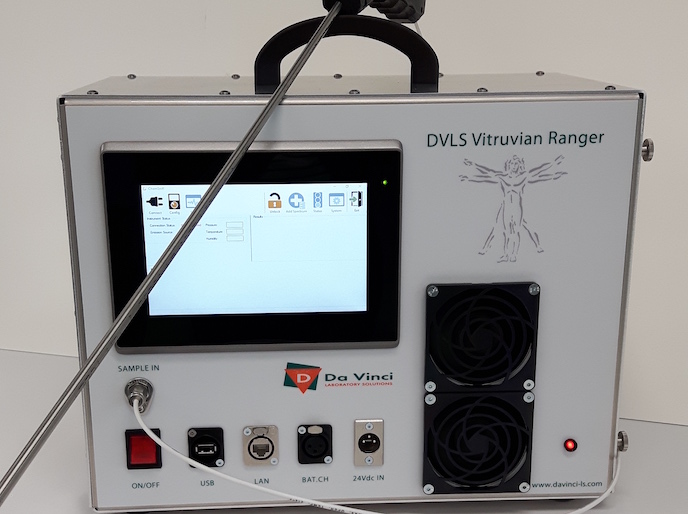New device helps law enforcement ‘sniff out’ illegal activity
There is an ever-increasing need to obtain immediate screening information for such security risks as explosives, drugs and human trafficking. This is particularly true in crowded areas like airports and public events. The problem, however, is that there is currently no screening or surveillance device capable of meeting this need. The best solution available is the use of trained sniffer dogs, although their effectiveness is minimised by a short attention span and limited overall skills. But what if we could create the digital equivalent of a sniffer dog – a screening device that detects, identifies, quantifies and alerts law enforcement about any criminally-related substances or odours? This is exactly what researchers with the EU-funded ChemSniff project have created. “Our newly developed DVLS Vitruvian Ranger is the perfect answer to providing higher safety standards in a variety of public places,” says ChemSniff project coordinator Mr Willem van Raalte. “This all-encompassing solution ensures the accurate, mobile and real-time detection of substances commonly associated with criminal activity, including chemical weapons, drugs, explosives, and trafficked people.” Digital sniffer dog The Vitruvian Ranger is comprised of two key components: a lance that takes an air sample to scent, or smell, a substance related to illegal activities and a portable analytical instrument controlled by a compact personal computer. The device’s sense of smell is based on the Quadrupole Mass Spectrometry (MS) analysis technique which, when combined with a detector, allows it to detect the individual atoms and complex molecules of different substances. As a compact screening device, the Vitruvian Ranger can be easily carried in a security guard’s backpack. To use it, the guard simply takes air samples by pointing the device’s connected lance at potential hazardous components. “Once the Vitruvian Ranger has determined the MS fingerprint of an unknown substance, it is compared to a database of known criminal related substances, allowing for an accurate identification of the detected matter,” explains van Raalte. “Immediately, the Ranger alerts the guard and gives an exact indication of the substance that was found.” Van Raalte explains that the device’s inherent flexibility makes it applicable to a range of specific threats and human activity. “The sampling lance has a scenting capability of up to several metres, depending on environmental disturbances of the targeted analyses,” he says. “Thus, it can be used to inspect everything from shipping containers to people, clothing, and luggage.” Towards a fully mobile sensor According to van Raalte, the Vitruvian Ranger is the first step towards achieving a fully mobile surveillance sensor. Researchers continue to develop the device into a smaller, cost-effective sensor that will allow the number of sites to be monitored to increase exponentially.
Keywords
ChemSniff, security, law enforcement, surveillance, Vitruvian Ranger, Quadrupole Mass Spectrometry (MS), criminal activity, chemical weapons, drugs, explosives, trafficked people



